Lieselot de Wilde, Apotheosis & Korneel Bernolet - Bernier: Trois visages d'Hécate (2017)
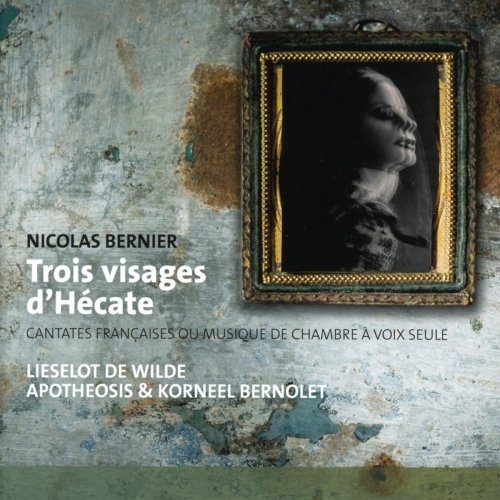
Artist: Lieselot de Wilde, Apotheosis & Korneel Bernolet
Title: Bernier: Trois visages d'Hécate
Year Of Release: 2017
Label: Etcetera
Genre: Classical
Quality: FLAC (image + .cue, log, artwork)
Total Time: 01:15:54
Total Size: 361 MB
WebSite: Album Preview
Tracklist:Title: Bernier: Trois visages d'Hécate
Year Of Release: 2017
Label: Etcetera
Genre: Classical
Quality: FLAC (image + .cue, log, artwork)
Total Time: 01:15:54
Total Size: 361 MB
WebSite: Album Preview
L’Aurore
1 Ouverture 02:55
Diane
2 Recitatif: A peine le Soleil 01:17
3 Air serieux: Vous par qui tant de miserables 04:33
4 Recitatif: A ces mots elle approche 01:01
5 Air gay: Quel bonheur! quelle victoire! 02:50
6 Recitatif: L’Amour s’eveille au bruit 01:05
7 Air tendre: Respectons l’Amour 04:26
L’Aurore
8 Air tendre (‘Dormez oyseaux’) 02:31
9 Prelude, Ritornelle & Choeur (‘Que des honneurs’) 01:59
L’enlevement de Proserpine
10 Recitatif: Les Titans enchaisnez 01:53
11 Air vif: Jupiter armez vous du foudre 03:55
12 Recitatif: C’en est fait 01:25
13 Air tendre: J’ignorois les vives allarmes 05:49
14 Recitatif: Tandis qu’a l’objet qui l’enchante 01:58
15 Air: On pardonne un feu temeraire 03:52
Apollon
16 Ouverture 03:14
17 Air 01:23
18 Air gravement & Rondeau gracieusement 02:35
19 Marche 01:29
20 Sarabande gravement 02:09
Medée
21 Prelude & Recitatif: Quoy! tu trahis Medée 02:38
22 Air viste: Tirans des rivages funebres 04:35
23 Recitatif: Courons courons chercher l’ingrat 01:24
24 Air tendrement: Ingrat ta cruelle inconstance 08:52
25 Recitatif: Dieux! que l’indigne Amour 01:02
26 Air tendrement: Beautez fuyez craignez la gloire 04:53
Paris, 1700. Jean-Baptiste Rousseau and his circle were in the throes of developing a new literary and musical genre, the cantate française, — although based on an Italian model — in the Café Laurent, on the corner of the rue Laurent and the rue Christine. In order to keep his sweet-voiced mistress Mlle. De Louvancourt in good humour, Rousseau had written poems on mythological themes which he then caused to be set to music. This genre rapidly became astonishingly successful.
One of the first composers to venture into this new genre was Nicolas Bernier, a pupil of Antonio Caldara. Bernier’s musical mastery far surpassed that of his colleagues: whereas others simply imitated the Italian genre without much inspiration of their own, Bernier was able to combine it with the finest elements of the French style. He composed seven volumes of cantatas that continued to be performed until the outbreak of the French Revolution, of which the great majority have not yet been recorded. We have chosen three cantatas, Diane, L’enlèvement de Proserpine and Médée, to record here. These mythological women are each an incarnation of Hecate, the three-faced goddess: she appears as Diana, patron of the hunt, as Proserpine, goddess of the night, and as Medea, Hecate’s own high priestess.
Musically speaking, Diane from Bernier’s first volume of cantatas is his airiest work, composed for voice and continuo. A mysterious opening and a first aria with sleep as its theme soon develop into an exuberant second aria, before coming to a swift conclusion with a characteristically 18th century moral.
One of the first composers to venture into this new genre was Nicolas Bernier, a pupil of Antonio Caldara. Bernier’s musical mastery far surpassed that of his colleagues: whereas others simply imitated the Italian genre without much inspiration of their own, Bernier was able to combine it with the finest elements of the French style. He composed seven volumes of cantatas that continued to be performed until the outbreak of the French Revolution, of which the great majority have not yet been recorded. We have chosen three cantatas, Diane, L’enlèvement de Proserpine and Médée, to record here. These mythological women are each an incarnation of Hecate, the three-faced goddess: she appears as Diana, patron of the hunt, as Proserpine, goddess of the night, and as Medea, Hecate’s own high priestess.
Musically speaking, Diane from Bernier’s first volume of cantatas is his airiest work, composed for voice and continuo. A mysterious opening and a first aria with sleep as its theme soon develop into an exuberant second aria, before coming to a swift conclusion with a characteristically 18th century moral.
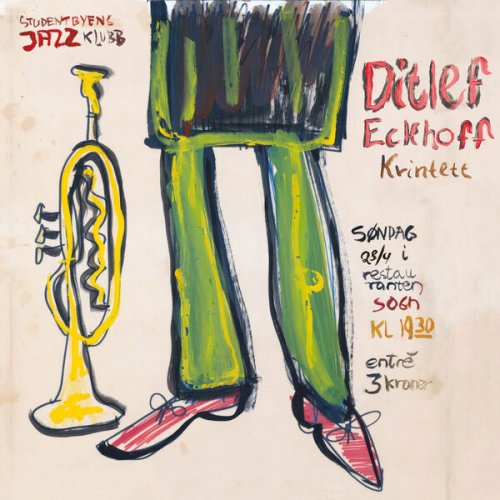
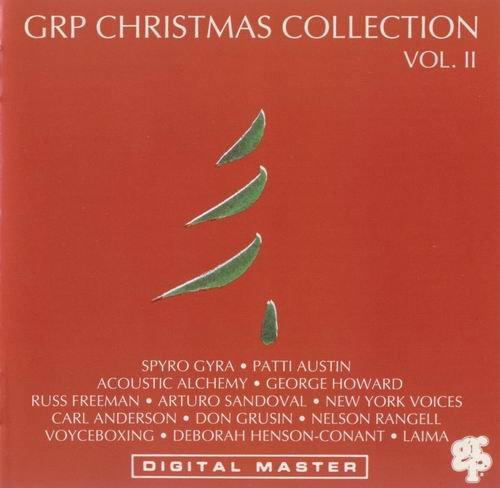
![Philipp Gropper’s Philm - Sun Ship (2017) [Hi-Res] Philipp Gropper’s Philm - Sun Ship (2017) [Hi-Res]](https://img.israbox.com/img/2025-12/22/lxfeu4bqs3xus6ku842hruzby.jpg)
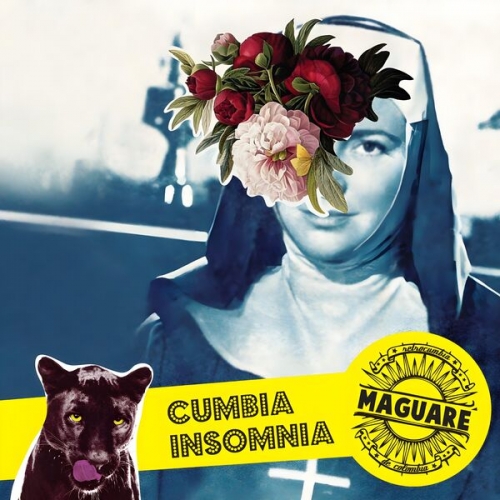
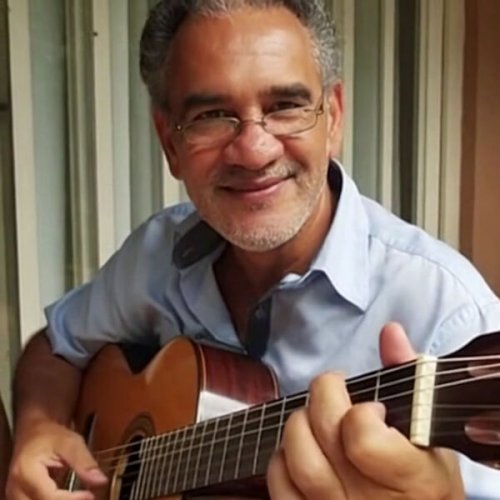

![Teho Teardo, Blixa Bargeld - Christian & Mauro (2024) [Hi-Res] Teho Teardo, Blixa Bargeld - Christian & Mauro (2024) [Hi-Res]](https://img.israbox.com/img/2025-12/21/bjlcx9vjtvjfc16apdpl5r09h.jpg)
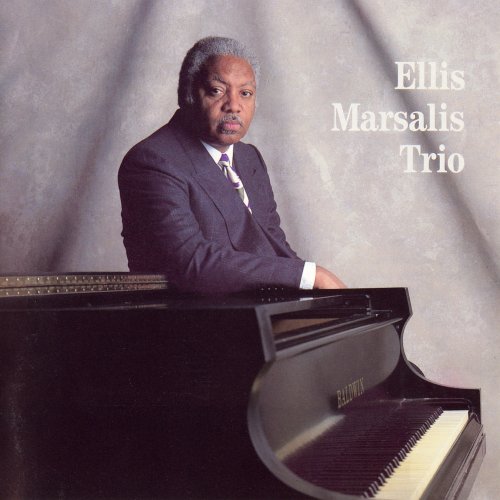
![Iman Spaargaren & Peter Bjørnild - In Essence (2025) [DSD256] Iman Spaargaren & Peter Bjørnild - In Essence (2025) [DSD256]](https://www.dibpic.com/uploads/posts/2025-12/1766381912_cover.jpg)